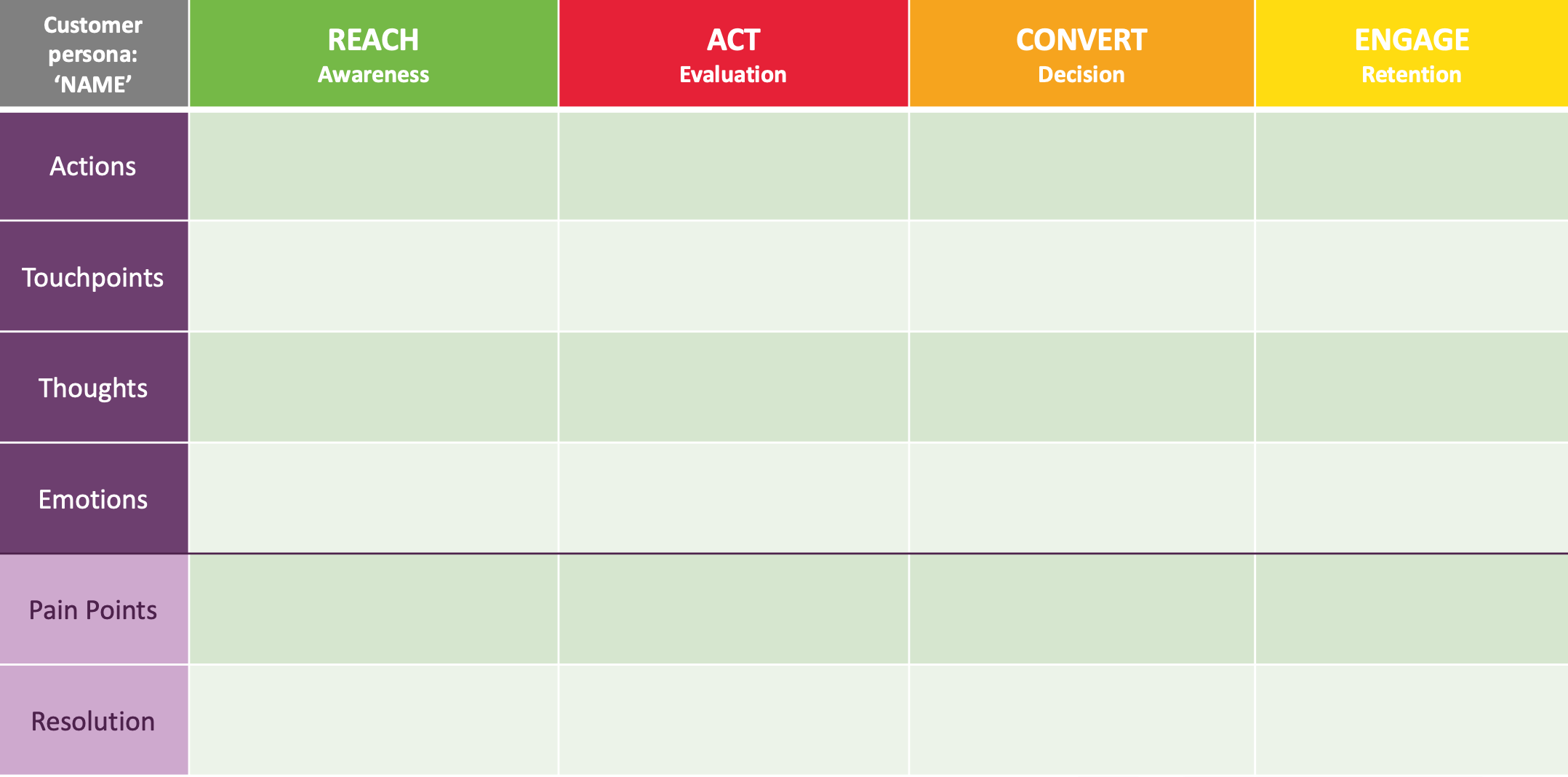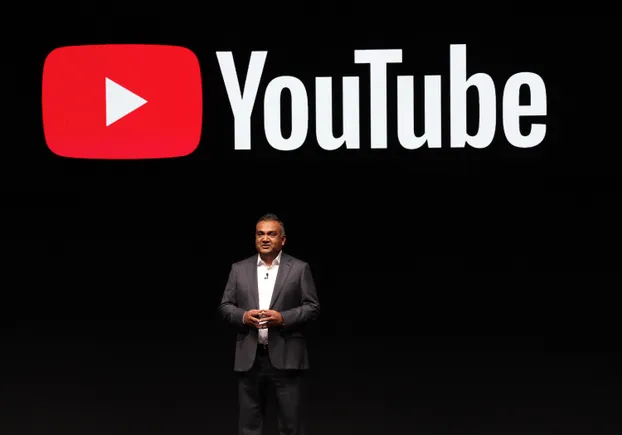New Study Reveals Startling Surge in Distracted Driving and Its Deadly Consequences
A new analysis by Gruber Law of recently released 2022 crash data is painting a... The post New Study Reveals Startling Surge in Distracted Driving and Its Deadly Consequences appeared first on Social Media Explorer.

A new analysis by Gruber Law of recently released 2022 crash data is painting a grim picture of distracted driving across the U.S., revealing alarming increases in collision rates, injuries, and fatalities, many of which could have been prevented.
Researchers tracking distracted driving behaviors by state, crash type, and behavioral trends found that distraction behind the wheel is now present in nearly 6 out of every 10 trips taken in the U.S. Despite nationwide efforts to crack down on device use while driving, this risky behavior continues to rise, fueling an uptick in personal injury claims and fatal accidents.
The Deadly Cost of Distraction
According to the National Highway Traffic Safety Administration (NHTSA), more than 3,300 lives were lost to distracted driving in 2022 alone. Separate data from Cambridge Mobile Telematics (CMT) puts the economic fallout at a staggering $10 billion, attributing the surge to increased screen interaction and phone motion while driving, behaviors that rose by over 20% since 2020.
CMT researchers estimate that every 10% spike in distracted driving correlates with 420 additional fatalities and billions in damages. Simply put: the more we engage with our phones, the steeper the human and financial toll.
Where It’s Happening Most: States With the Highest Distraction Rates
The study highlights the ten states where drivers are most likely to engage in distracting behaviors behind the wheel. These include:
- Florida
- Texas
- California
- Georgia
- North Carolina
- Arizona
- Nevada
- Illinois
- New York
- Colorado
Pedestrians and Cyclists at Greater Risk
Pedestrian deaths have hit a 40-year high, with over 7,400 fatalities recorded in 2021, many linked to distracted drivers. Cyclists aren’t faring much better. The study ranked states where drivers are most likely to strike vulnerable road users:
Top 5 for cyclist collisions:
- California
- Florida
- Texas
- New York
- Arizona
Top 5 for pedestrian deaths:
- California
- Florida
- Texas
- New York
- Arizona
These trends underscore the broader threat distracted drivers pose not just to themselves, but to everyone on the road.
Who’s Driving the Distraction?
Demographic insights show teens and young adults (ages 15–24) remain the most frequent offenders, with nearly 40% of high schoolers admitting to texting while driving in the past month. Millennials and Gen Z also top the charts for smartphone usage behind the wheel.
Behavior varies by gender, too: Women are statistically more likely to use handheld devices while driving, and distraction rates spike around major holidays, particularly Thanksgiving and Christmas.
The top ten distractions?
- Texting or emailing
- Phone calls
- Scrolling social media
- Using GPS
- Eating and drinking
- Talking to passengers
- Changing music
- Grooming
- Reaching for objects
- Daydreaming
Are Laws Making a Difference?
Legislation may be one of the strongest deterrents. States that enacted hands-free laws saw a 13% drop in phone use within three months and notable reductions in crash rates. For instance, Michigan reported a 12.8% decline in collisions following its 2023 hands-free legislation.
But not all drivers understand the rules:
- In states with handheld bans, only 32% of drivers accurately understood the law.
- In states without bans, more than half of drivers falsely believed one existed.
This gap in public understanding highlights the need for stronger education and enforcement strategies.
Insurance and Tech: Playing a Role
As of January 2025, 30 states are expected to have official bans on handheld phone use. Many insurers are also turning to telematics-based tools, rewarding policyholders for distraction-free driving with lower premiums and penalizing those with distracted driving citations with steep rate hikes or policy cancellations.
Public Awareness Could Be a Game-Changer
Nonprofit groups and grassroots campaigns are stepping up, too. Organizations like the Kiefer Foundation, StopDistractions.org, and the Boston Safest Driver Competition are raising awareness and helping drivers track their habits in real time, encouraging behavior change through accountability and gamification.
Bottom Line: Distracted driving is no longer just a bad habit — it’s a public health crisis. With trips increasingly marred by screen time and multitasking, the road ahead looks dangerous unless education, legislation, and technology work hand-in-hand to bring focus back to the wheel.
The post New Study Reveals Startling Surge in Distracted Driving and Its Deadly Consequences appeared first on Social Media Explorer.

























![How To Drive More Conversions With Fewer Clicks [MozCon 2025 Speaker Series]](https://moz.com/images/blog/banners/Mozcon2025_SpeakerBlogHeader_1180x400_RebeccaJackson_London.png?auto=compress,format&fit=crop&dm=1750097440&s=282171eb79ac511caa72821d69580a6e#)

![Brand and SEO Sitting on a Tree: K-I-S-S-I-N-G [Mozcon 2025 Speaker Series]](https://moz.com/images/blog/banners/Mozcon2025_SpeakerBlogHeader_1180x400_LidiaInfante_London.png?auto=compress,format&fit=crop&dm=1749465874&s=56275e60eb1f4363767c42d318c4ef4a#)
























![The 11 Best Landing Page Builder Software Tools [2025]](https://www.growthmarketingpro.com/wp-content/uploads/2024/04/best-landing-page-software-hero-image-1024x618.png?#)






































![How to Create an SEO Forecast [Free Template Included] — Whiteboard Friday](https://moz.com/images/blog/banners/WBF-SEOForecasting-Blog_Header.png?auto=compress,format&fit=crop&dm=1694010279&s=318ed1d453ed4f230e8e4b50ecee5417#)
![How To Build AI Tools To Automate Your SEO Workflows [MozCon 2025 Speaker Series]](https://moz.com/images/blog/banners/Mozcon2025_SpeakerBlogHeader_1180x400_Andrew_London-1.png?auto=compress,format&fit=crop&dm=1749642474&s=7897686f91f4e22a1f5191ea07414026#)

























![Brand pitch guide for creators [deck and email templates]](https://blog.hootsuite.com/wp-content/uploads/2022/06/brand-pitch-template.png)
















![The Largest Communities on Reddit [Infographic]](https://imgproxy.divecdn.com/vfTS-YsC_ZrqM6F4tAXJgV6qj3gCHSsf2dvHufDbrrQ/g:ce/rs:fit:770:435/Z3M6Ly9kaXZlc2l0ZS1zdG9yYWdlL2RpdmVpbWFnZS9sYXJnZXN0X3JlZGRpdF9jb21tdW5pdGllczIucG5n.webp)







